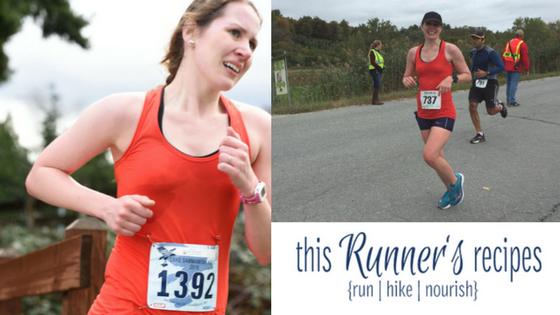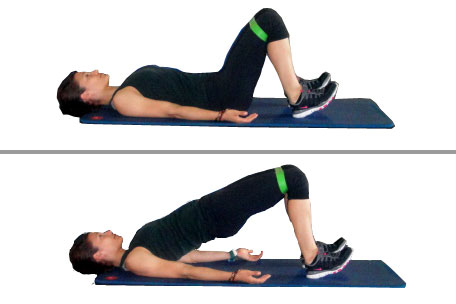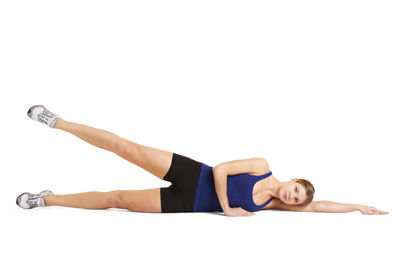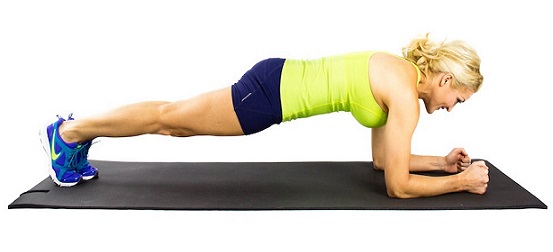It’s the New Year and that means we’ve kicked off our #RoadToBoston and we have lots of #RunWithRainier content to share with you. Over the next several months you’ll be getting running tips and tricks from running coach and our Run With Rainier Ambassador Laura @ This Runner’s Recipes and we’ll introduce you to our runners that are training for Boston so you can provide moral support and cheer them on.
In the meantime, if you are new to running or getting back into running Laura has some great information to get you started.

LACE UP TIPS FROM LAURA
New year, new you! Running is one of the best forms of exercise for maintaining a healthy weight, increasing your longevity, and boosting your mood – so why not start running this year?
Whether you are completely new to running or want to return to running after some time off, this beginner runner’s guide will help you start running while staying injury free and enjoying the process.
Begin with Run-Walk Intervals
New runners need not be intimidated by the marathon distances or even the 5K distance – very few individuals start running long distances easily and without injury. As the saying goes, you have to walk before you can run – or in the case of a new runner, you do run-walk intervals to start running.
The duration of your run intervals depends on your current fitness level. If you are completely new to any type of fitness routine, start with 30-60 seconds of running at a comfortable effort with 2-3 minutes of walking. If you regularly do other forms of exercise such as the elliptical or bike, you can begin with 2-5 minutes of running and 30-60 seconds of walking – whatever feels comfortable.
Prevent Injury from the Start
Running is a high-impact sport, which means you bear a significant amount of stress on your bones, joints, and muscles each time you run. Over time, the impact will build stronger joints, muscles, and bones, but the stress can also cause injury if you have weak or imbalanced muscles. Rather than waiting for an injury to happen, be proactive and prevent injury with strength training.
Weight lifting is the best way to build a stronger and injury-proof body, but that doesn’t mean you have to start Cross Fit or become a bodybuilder. You don’t even need a gym membership! Simple bodyweight exercises that focus on strengthening the hips, glutes, and core will help runners become stronger and stay injury free.
Try these basic exercises twice per week:
Glute Bridges: Lie on your back with your knees bent and feet on the floor near your butt. Squeeze your glutes and raise your hips up, so that your torso forms a straight diagonal line from your knees to your shoulders. Keep your hips even. Pause, then slowly lower down to complete one rep.

Squats: Stand up straight with your feet slightly more than hip width apart. Slowly lower your bottom down and back, until your thighs are parallel (or almost parallel) with the ground. Your knees should be in line with your ankles and your back should be flat. Pause, then squeeze your glutes to return to standing.

Side Lying Leg Lifts: Lie on your right side with your shoulders, hips, knees, and feet all stacked. Your body should be in a straight line. Prop your head up in your right hand or rest it on your right arm. Slowly raise your left leg up as high as you can without wobbling in your hips or torso, pause, and then slowly lower down to complete one rep. Complete all reps on your right side, then repeat on your left side. Forearm Plank: Come into a raised push up position, then lower down onto your forearms. Your body should form a straight line. Pull in your navel to engage your abdominal muscles, squeeze your glutes, and hold the plank for 30 seconds.
Forearm Plank: Come into a raised push up position, then lower down onto your forearms. Your body should form a straight line. Pull in your navel to engage your abdominal muscles, squeeze your glutes, and hold the plank for 30 seconds.
Try doing 3 sets of 5-10 reps to get started.
Know that Bad Runs Happen
Not every run is going to feel great. A runner at any level of experience, from weekend warrior to elite marathoner, will tell you that bad runs happen – because they do. Experiencing a few runs that are hard does not mean you should stop. Know that bad runs happen and be patient with yourself as you accustom your mind and body to running – and then celebrate the good runs when they happen.
And with that knowledge, you’re ready to run! Share your running journey on social media and remember to use the hashtag #RunWithRainier and or #WholesomeToTheCore.

